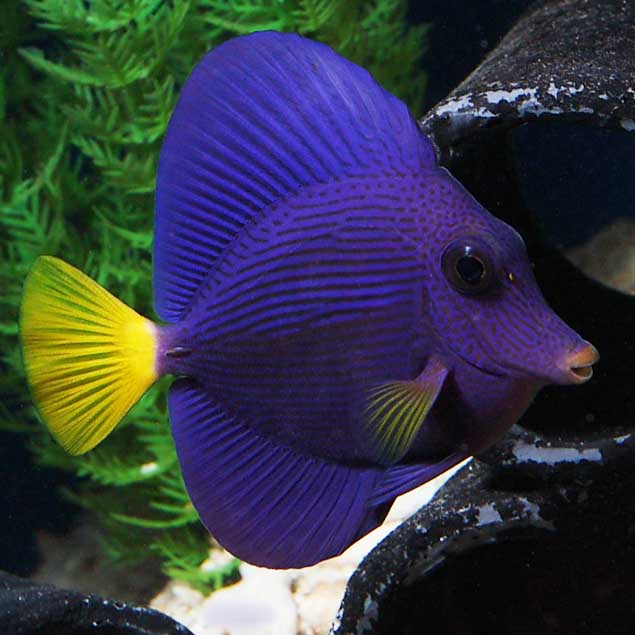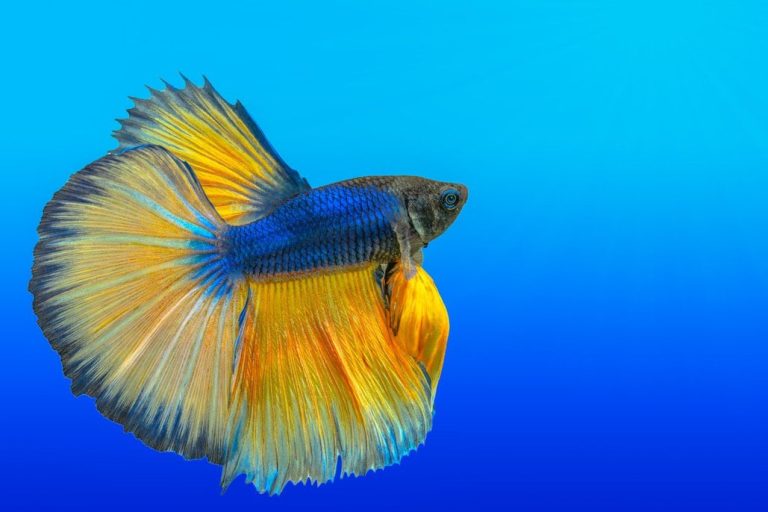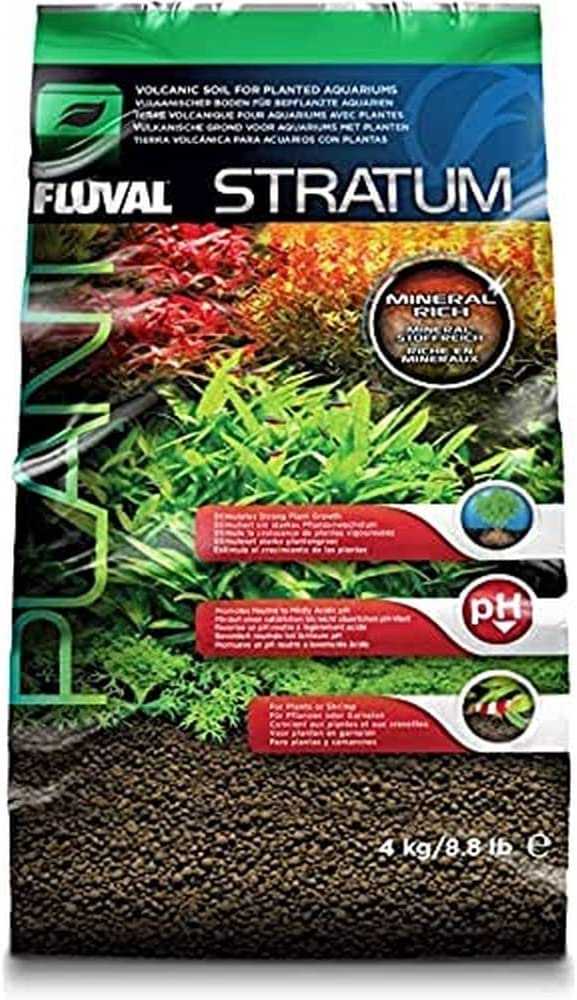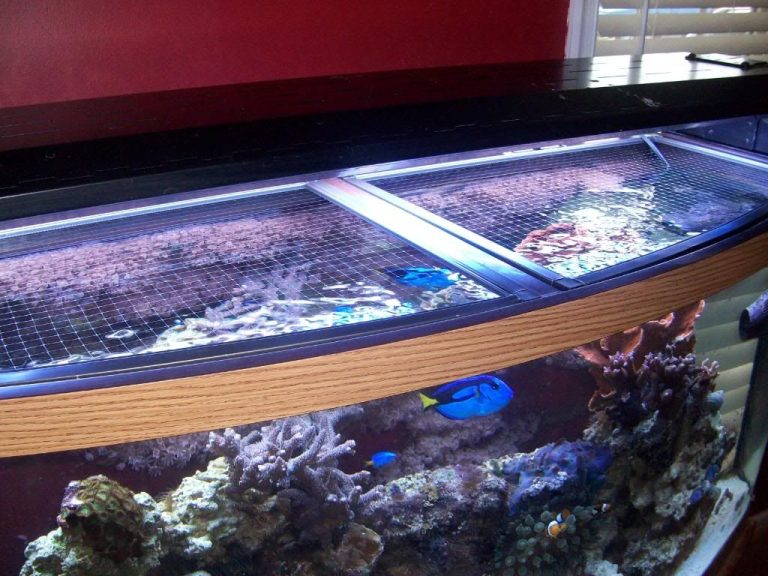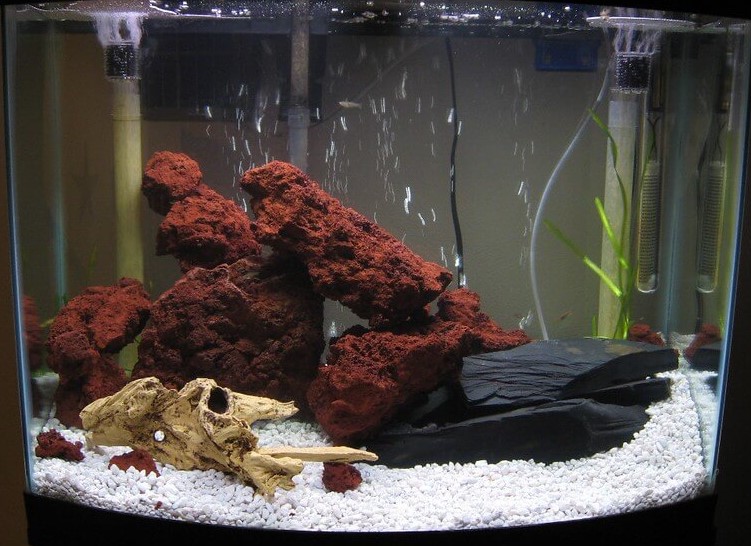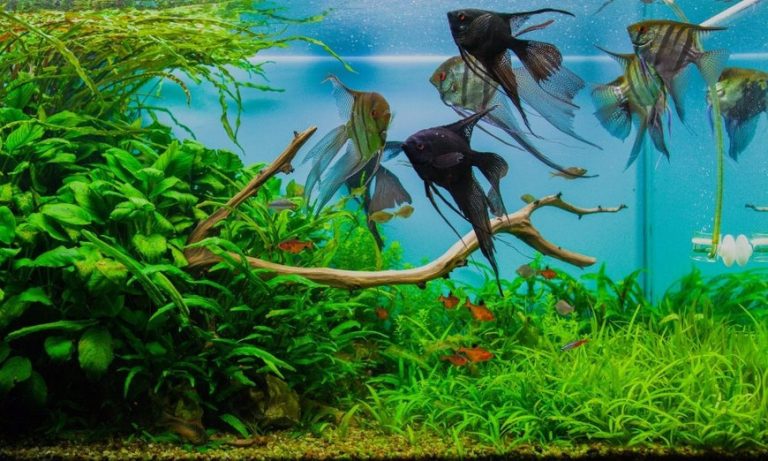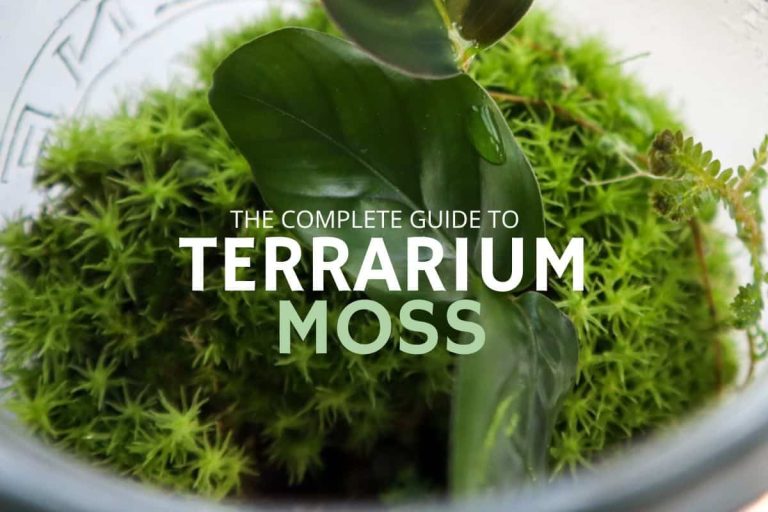Purple Tang
Purple Tang: The Jewel of the Reef
Are you a marine enthusiast looking to add a touch of vibrancy and beauty to your aquarium? Look no further than the majestic Purple Tang. Known for its striking coloration and graceful movements, the Purple Tang is a highly sought-after fish in the world of saltwater aquariums. In this article, we will delve into the fascinating world of the Purple Tang, exploring its characteristics, habitat, care requirements, and more.
The Purple Tang (Zebrasoma xanthurum) is a species of surgeonfish that originates from the waters of the Red Sea. It gets its name from the vibrant purple coloration that adorns its body, making it stand out among other fish in the reef. The Purple Tang is a peaceful fish, but it can become aggressive towards other fish of the same or similar species. Therefore, it is advisable to keep only one Purple Tang per aquarium to ensure a harmonious environment.
Physical Appearance and Coloration
One of the most striking features of the Purple Tang is its vibrant purple color. The body of the fish is adorned with electric blue horizontal stripes, which further enhance its beauty. The size of a fully grown Purple Tang can range from 8 to 10 inches, making it a medium-sized fish suitable for larger aquariums. Its body is sleek and elongated, with a sharp, spine-like appendage on each side near the tail.
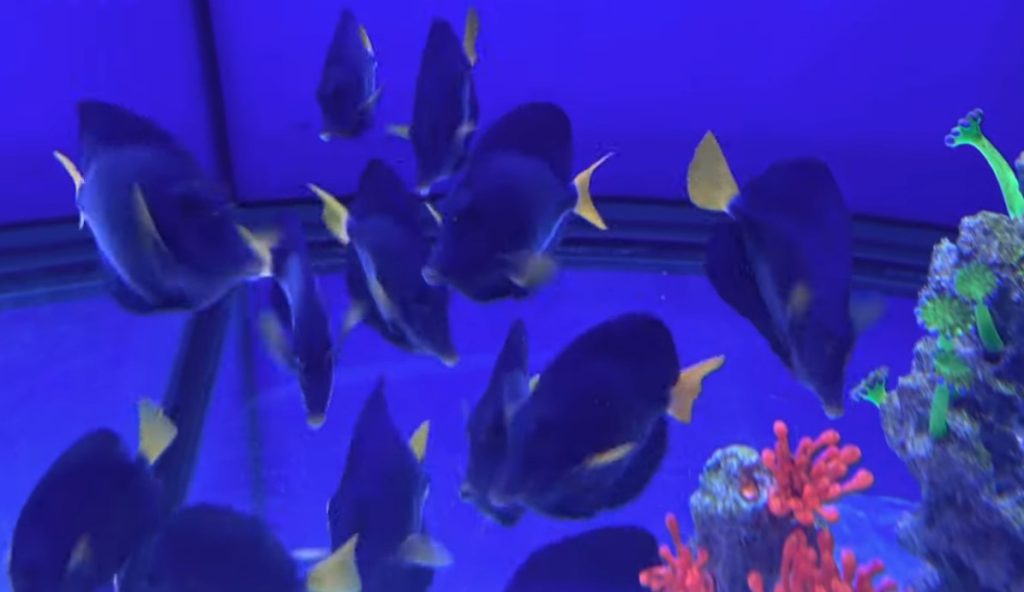
Habitat and Natural Environment
Purple Tangs are native to the coral-rich reefs of the Red Sea. They can be found in shallow lagoons and along the reef slopes, where they seek refuge among rocks and coral formations. In the wild, Purple Tangs graze on algae, sponges, and other marine plants, making them herbivores.
When setting up an aquarium for a Purple Tang, it is important to recreate their natural environment as closely as possible. This means providing them with ample hiding spaces, such as live rock formations and coral branches. The aquarium should also have strong water flow to mimic the currents found on the reefs. Keeping the water temperature between 72°F and 78°F and maintaining a specific gravity of 1.020-1.025 is crucial to ensure the health and well-being of the Purple Tang.
Tank Requirements and Compatibility
To provide a suitable home for a Purple Tang, it is recommended to have an aquarium with a minimum capacity of 75 gallons. The larger the aquarium, the better, as it allows for ample swimming space and reduces territorial disputes between fish. The tank should be well-equipped with live rock formations, which not only serve as hiding spots but also provide a natural food source for the fish.
When it comes to tankmates, it is important to choose compatible species that can coexist peacefully with the Purple Tang. Avoid keeping them with aggressive or overly territorial fish, as this can lead to stress and potential harm to the Purple Tang. Good tankmates for the Purple Tang include other peaceful fish of a different species, such as clownfish, gobies, and wrasses.
Feeding and Diet
As mentioned earlier, Purple Tangs are herbivores in the wild. In the aquarium, they should be offered a varied diet consisting mainly of marine algae and vegetable-based foods. An abundance of seaweed, such as Nori or dried marine algae sheets, should be provided to ensure they receive adequate nutrition. Additionally, supplementing their diet with high-quality marine flake or pellet foods specifically designed for herbivorous fish can help meet their nutritional needs.
Reproduction and Breeding
Reproducing Purple Tangs in a home aquarium is an intricate process that requires specific conditions and expertise. The successful breeding of Purple Tangs is rarely achieved in captivity, making them primarily a fish obtained from wild sources.
Common Diseases and Health Issues
Like any other fish, Purple Tangs are susceptible to certain diseases and health issues. Ich, also known as white spot disease, is one of the most common ailments affecting marine fish, including the Purple Tang. It is characterized by the appearance of small white spots on the body and fins. Other potential health concerns include fungal infections, bacterial infections, and parasitic infestations.
Frequently Asked Questions
1. Can I keep multiple Purple Tangs in the same aquarium?
Keeping multiple Purple Tangs in the same aquarium is not recommended. They can become aggressive towards each other, leading to territorial disputes and potential harm to one another. It is best to keep only one Purple Tang per aquarium.
2. How long do Purple Tangs live?
With proper care and a suitable environment, Purple Tangs can live for 10 to 15 years.
3. Are Purple Tangs reef-safe?
Purple Tangs are generally considered reef-safe, but caution should be exercised when introducing them to a coral reef aquarium. In some cases, they may nip at certain corals or pick at polyps, causing damage. It is advisable to monitor their behavior closely and provide alternative feeding options to minimize the chances of reef-incompatible behavior.
Final Thoughts
The Purple Tang is undoubtedly a jewel of the reef, adding a touch of elegance and color to any saltwater aquarium. Their vibrant purple coloration, coupled with their graceful movements, makes them a prized addition to any marine enthusiast’s collection. As with any fish, providing them with a suitable habitat, proper nutrition, and careful attention to their health is key to ensuring their well-being and longevity in a home aquarium. So, if you’re ready to embark on a mesmerizing journey into the world of marine beauty, don’t hesitate to consider the Purple Tang as your next aquatic companion.
